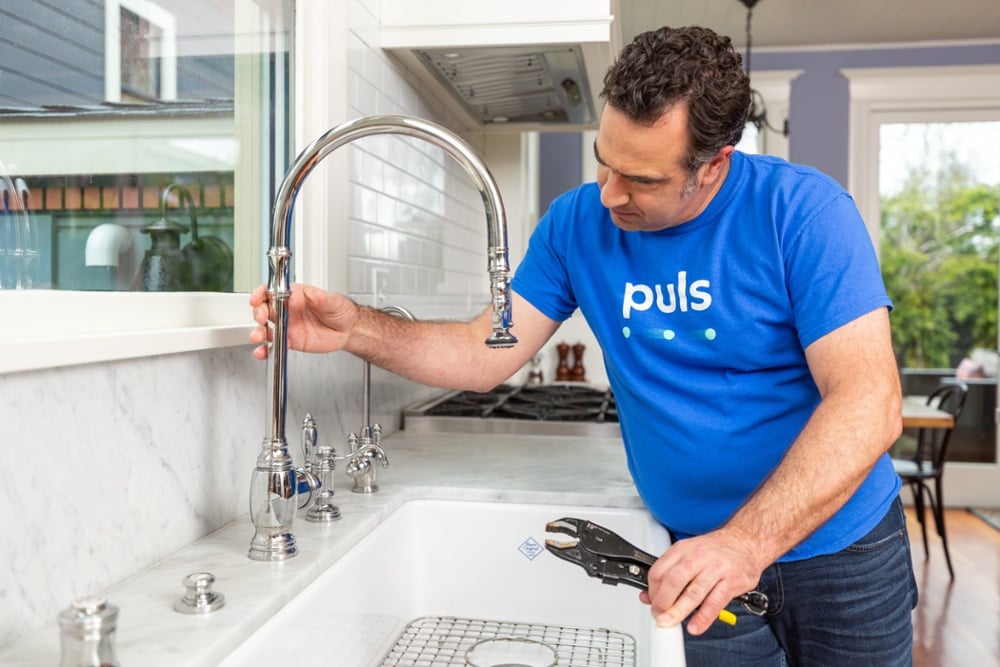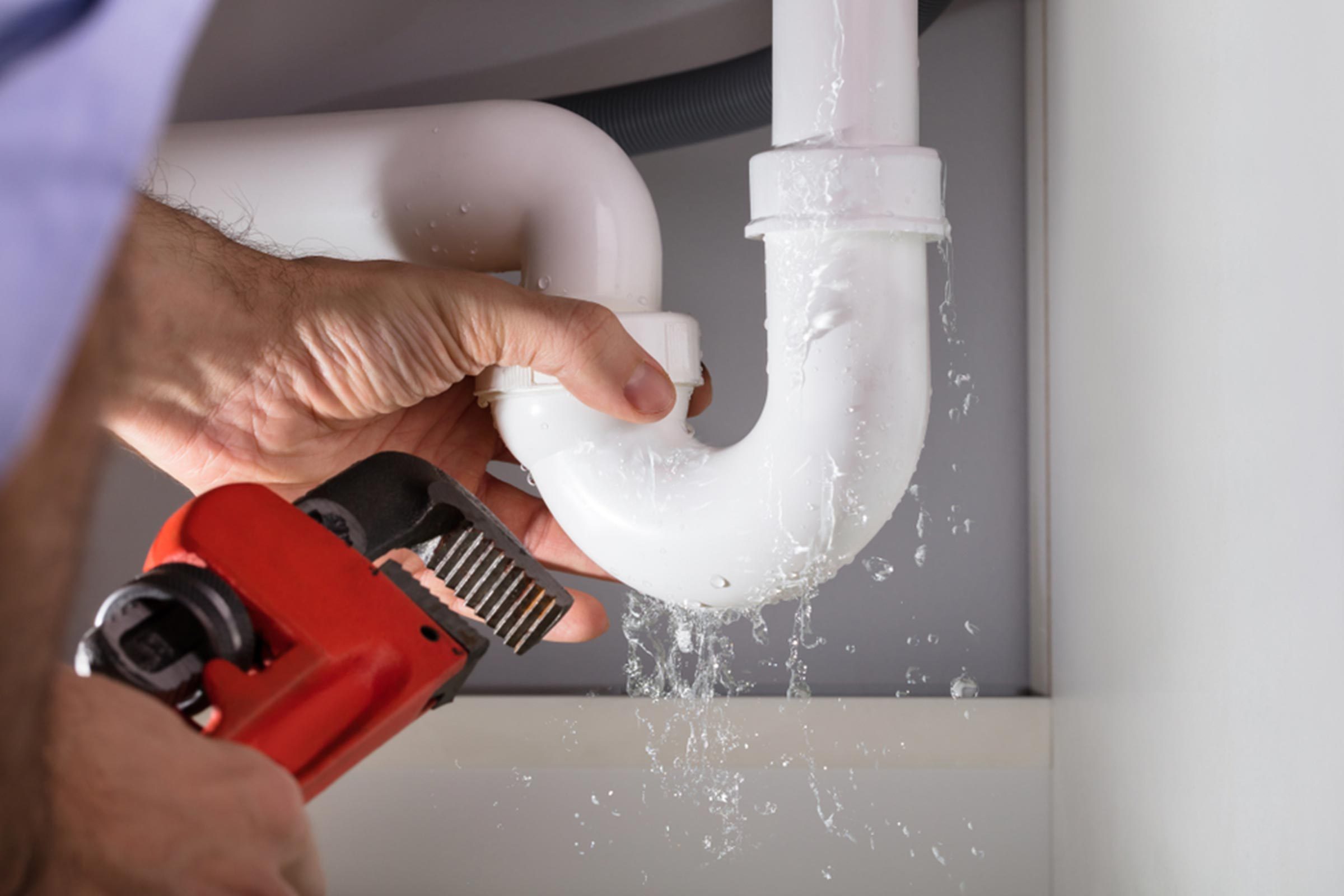Why is My Home Making Weird Plumbing Noises?
Why is My Home Making Weird Plumbing Noises?
Blog Article
Everybody seems to have their own unique piece of advice with regards to Why Do My Plumbing Pipes Make A Knocking Noise.

To identify loud plumbing, it is essential to identify initial whether the undesirable noises happen on the system's inlet side-in other words, when water is turned on-or on the drainpipe side. Noises on the inlet side have varied causes: excessive water pressure, used valve and tap parts, poorly linked pumps or various other home appliances, incorrectly positioned pipe bolts, and plumbing runs having a lot of limited bends or various other restrictions. Sounds on the drain side usually originate from bad location or, similar to some inlet side noise, a format consisting of limited bends.
Hissing
Hissing sound that occurs when a tap is opened a little generally signals too much water stress. Consult your neighborhood water company if you suspect this trouble; it will have the ability to tell you the water pressure in your location as well as can install a pressurereducing shutoff on the incoming supply of water pipeline if required.
Thudding
Thudding sound, commonly accompanied by shuddering pipes, when a tap or appliance shutoff is turned off is a problem called water hammer. The sound and resonance are caused by the resounding wave of stress in the water, which unexpectedly has no place to go. Sometimes opening a shutoff that discharges water swiftly right into a section of piping consisting of a restriction, arm joint, or tee fitting can create the very same problem.
Water hammer can typically be healed by installing installations called air chambers or shock absorbers in the plumbing to which the trouble valves or taps are connected. These gadgets enable the shock wave created by the halted flow of water to dissipate in the air they include, which (unlike water) is compressible.
Older plumbing systems might have brief vertical areas of capped pipeline behind walls on tap competes the very same purpose; these can ultimately loaded with water, lowering or destroying their efficiency. The treatment is to drain the water system totally by shutting down the major water supply valve and also opening up all taps. After that open up the main supply valve as well as shut the taps one by one, starting with the faucet nearest the shutoff and also ending with the one farthest away.
Babbling or Screeching
Intense chattering or shrieking that takes place when a shutoff or faucet is turned on, and that normally vanishes when the installation is opened completely, signals loose or faulty interior components. The remedy is to change the valve or faucet with a new one.
Pumps as well as home appliances such as cleaning makers as well as dishwashing machines can transfer electric motor sound to pipelines if they are poorly attached. Connect such products to plumbing with plastic or rubber hoses-never inflexible pipe-to isolate them.
Various Other Inlet Side Noises
Squeaking, squealing, scraping, breaking, and also touching generally are brought on by the growth or tightening of pipelines, normally copper ones supplying hot water. The sounds occur as the pipelines slide versus loosened bolts or strike close-by home framing. You can typically pinpoint the location of the problem if the pipes are exposed; simply comply with the noise when the pipes are making noise. Most likely you will certainly uncover a loosened pipeline hanger or an area where pipes lie so near to floor joists or other framing pieces that they clatter versus them. Affixing foam pipeline insulation around the pipelines at the point of get in touch with ought to fix the problem. Make certain straps and wall mounts are safe and secure as well as offer adequate support. Where feasible, pipe fasteners need to be affixed to large architectural components such as structure wall surfaces instead of to mounting; doing so minimizes the transmission of vibrations from plumbing to surfaces that can intensify as well as transfer them. If affixing fasteners to framing is inescapable, cover pipes with insulation or various other durable material where they speak to fasteners, and sandwich completions of new bolts between rubber washing machines when installing them.
Correcting plumbing runs that experience flow-restricting tight or countless bends is a last hope that should be embarked on only after getting in touch with a competent plumbing professional. Regrettably, this scenario is relatively usual in older homes that may not have actually been built with interior plumbing or that have seen numerous remodels, especially by beginners.
Drainpipe Sound
On the drain side of plumbing, the principal goals are to remove surfaces that can be struck by dropping or rushing water and also to insulate pipelines to have inevitable audios.
In brand-new building, bath tubs, shower stalls, toilets, as well as wallmounted sinks and containers need to be set on or against resistant underlayments to reduce the transmission of noise through them. Water-saving bathrooms as well as taps are less noisy than standard models; mount them as opposed to older kinds even if codes in your area still allow using older components.
Drainpipes that do not run vertically to the cellar or that branch into straight pipe runs sustained at floor joists or various other framing present specifically troublesome noise troubles. Such pipelines are large sufficient to radiate significant resonance; they also lug significant quantities of water, which makes the circumstance even worse. In new building, define cast-iron soil pipelines (the huge pipes that drain pipes toilets) if you can manage them. Their massiveness consists of much of the sound made by water travelling through them. Additionally, avoid transmitting drainpipes in wall surfaces shared with bedrooms as well as spaces where individuals collect. Wall surfaces having drains should be soundproofed as was described earlier, utilizing dual panels of sound-insulating fiberboard and wallboard. Pipes themselves can be wrapped with special fiberglass insulation produced the objective; such pipelines have a resistant plastic skin (sometimes containing lead). Results are not always adequate.
WHY IS MY PLUMBING MAKING SO MUCH NOISE?
This noise indeed sounds like someone is banging a hammer against your pipes! It happens when a faucet is opened, allowed to run for a bit, then quickly shut — causing the rushing water to slam against the shut-off valve.
To remedy this, you’ll need to check and refill your air chamber. Air chambers are filled with — you guessed it — air and help absorb the shock of moving water (that comes to a sudden stop). Over time, these chambers can fill with water, making them less effective.
You’ll want to turn off your home’s water supply, then open ALL faucets (from the bathroom sink to outdoor hose bib) to drain your pipes. Then, turn the water back on and hopefully the noise stops! If you’re still hearing the sound, give us a call to examine further.
Whistles
Whistling sounds can be frustrating, as sometimes the source isn’t easily identified. However, if you can pinpoint which faucet or valve that may be the cause, you’ll likely encounter a worn gasket or washer — an easy fix if you replace the worn parts!Whistling sounds from elsewhere can mean a number of things — from high water pressure to mineral deposits. Your best plan of attack here is to give our plumbing experts a call. We’ll be able to determine where the noise is coming from and what the cause may be, then recommend an effective fix!
Cracks or Ticks
Cracking or ticking typically comes from hot water going through cold, copper pipes. This causes the copper to expand resulting in a cracking or ticking sound. Once the pipes stop expanding, the noise should stop as well.
Pro tip: you may want to lower the temperature of your water heater to see if that helps lessen the sound, or wrapping the pipe in insulation can also help muffle the noise.
Bangs
Bangs typically come from water pressure that’s too high. To test for high water pressure, get a pressure gauge and attach it to your faucet. Water pressure should be no higher than 80 psi (pounds per square inch) and also no lower than 40 psi. If you find a number greater than 80 psi, then you’ve found your problem!
Next step is to give us a call in order to install a pressure regulator. Trust us, you don’t want to wait to resolve this issue. Not only is the sound annoying, but high water pressure can be destructive to your home — including damaging certain appliances, like your washer and dishwasher.
Dripping
You might be accustom to the slow quiet drip your kitchen faucet makes. You might have even tuned out your bathroom sink dripping and drabbing all day long — but it’s time to find its cause.
A slow drip could signify a variety of easy to fix issues, such as a worn out O ring, or loose part. And by ignoring the drip, you could be wasting up to 2,000 gallons of water a year! So start conserving water — get it looked at ASAP.
https://www.pwessig.com/blog/2018/december/why-is-my-plumbing-making-so-much-noise-/

Do you enjoy more info about Why Do My Pipes Make Noises? Place a remark further down. We'd be pleased to hear your reactions about this write up. We hope that you visit us again before long. Sharing is caring. Helping people is fun. I enjoy reading our article about How To Fix Noisy Pipes.
Estimate Free Report this page